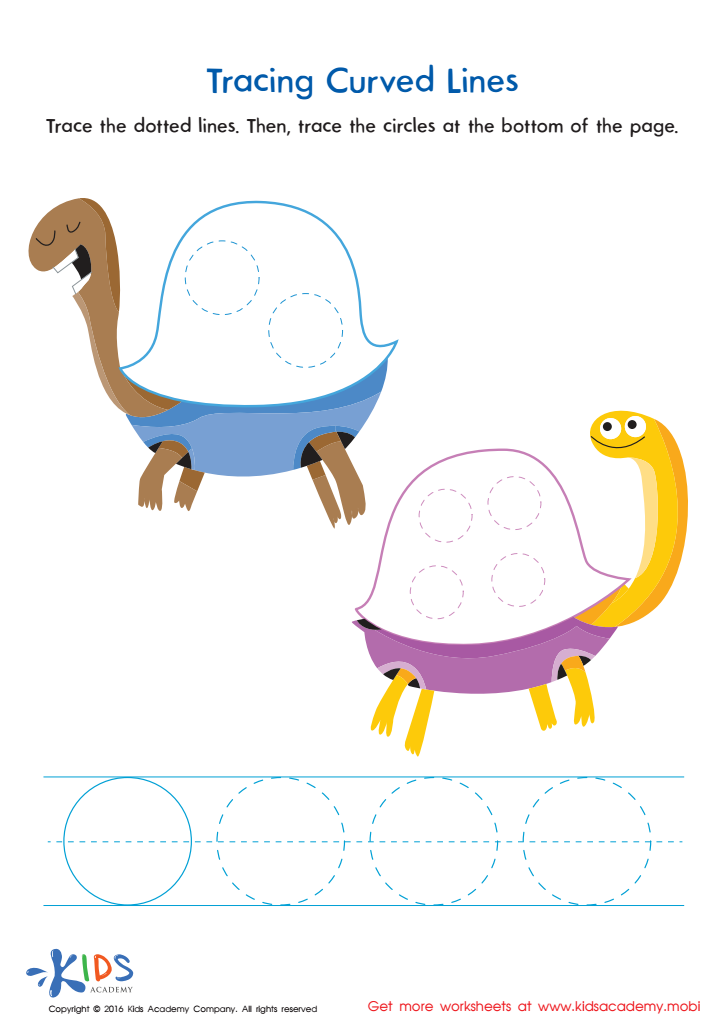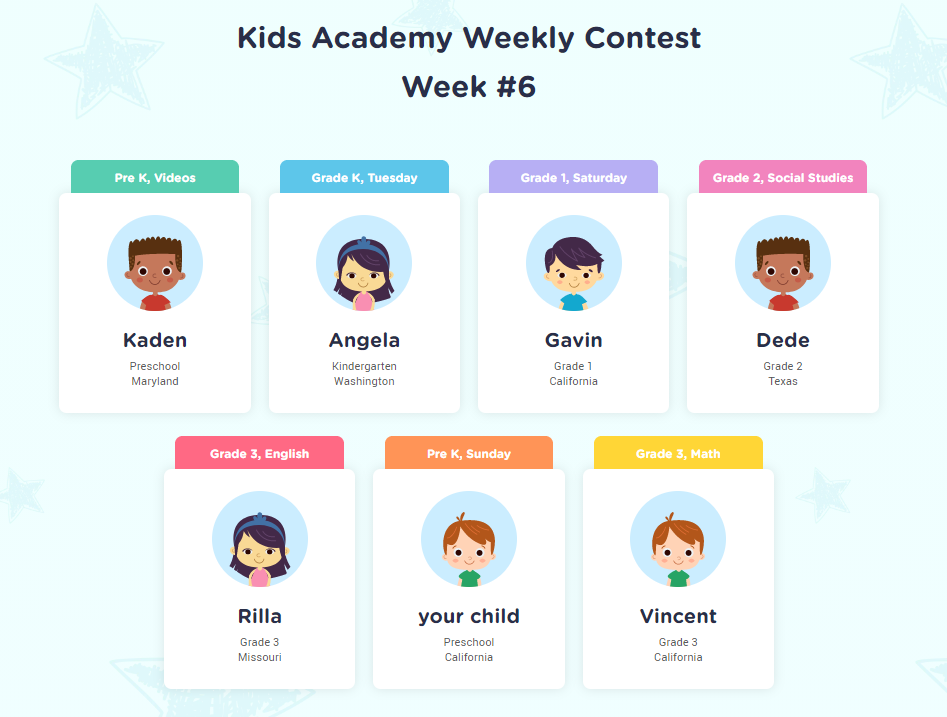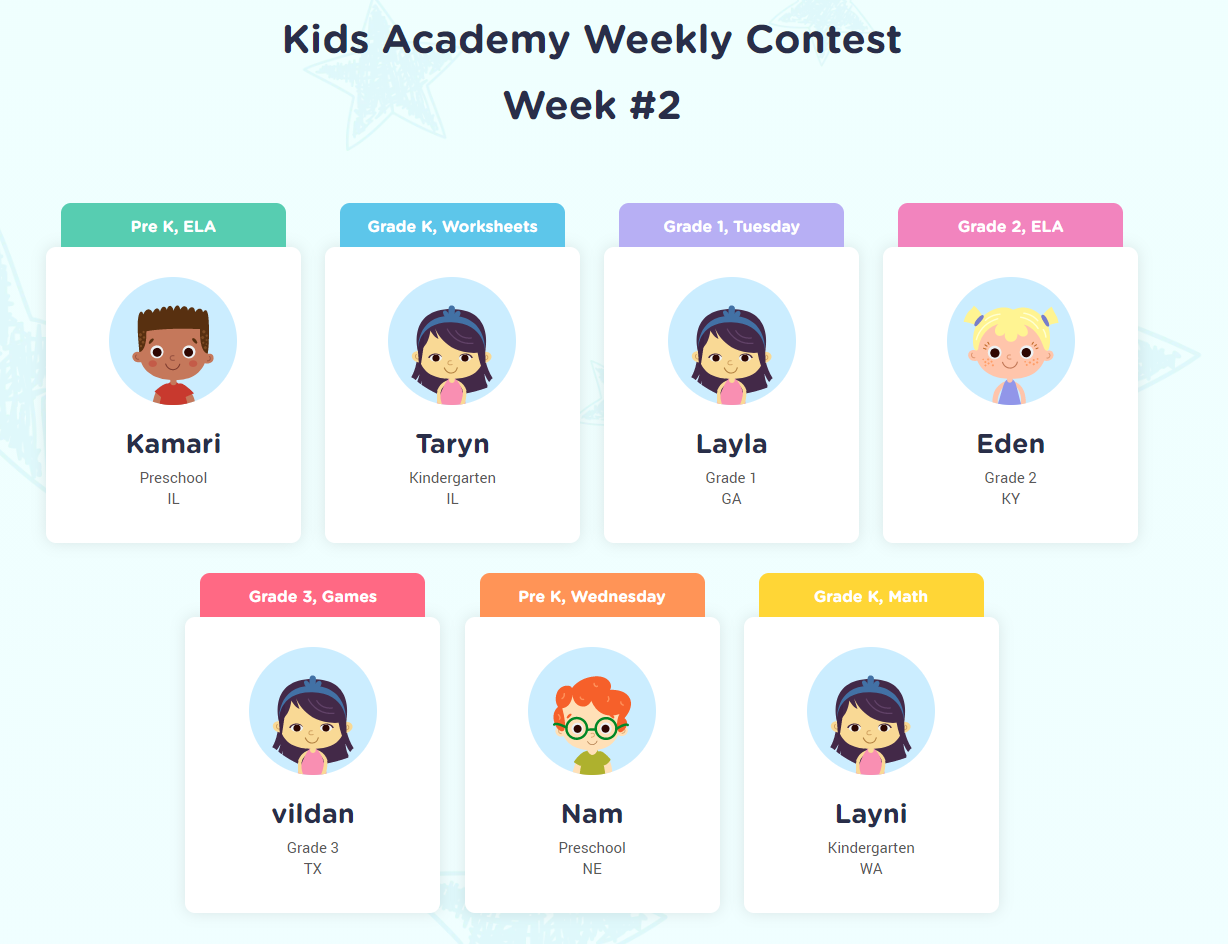Normal Tracing Lines and Curves worksheets activities for Ages 4-7
5 filtered results
-
From - To
Explore our engaging "Normal Tracing Lines and Curves" worksheets, specifically designed for children ages 4-7. These fun activities help young learners develop fine motor skills, hand-eye coordination, and early writing abilities through tracing various lines and curves. Each worksheet is thoughtfully crafted to guide children in mastering their pen control while encouraging creativity and focus. Perfect for home or classroom use, these activities provide an enjoyable way to enhance children's pre-writing skills. Help your little ones build a strong foundation for more complex writing tasks ahead. Visit our website to access a variety of printable worksheets and watch their progress flourish!
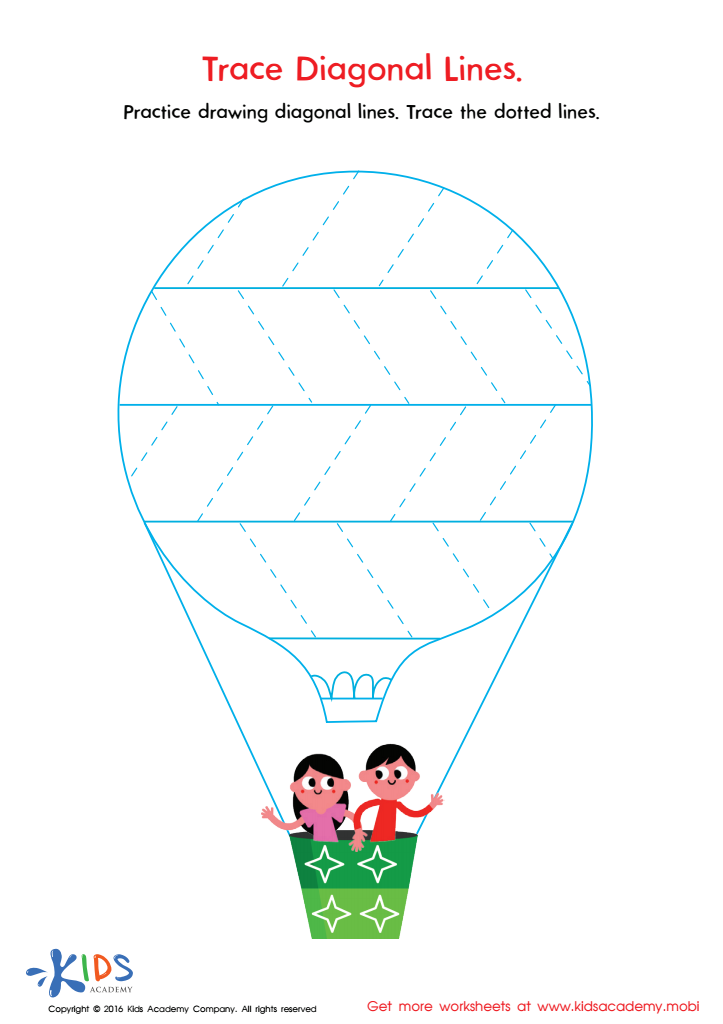

Trace Diagonal Lines Worksheet
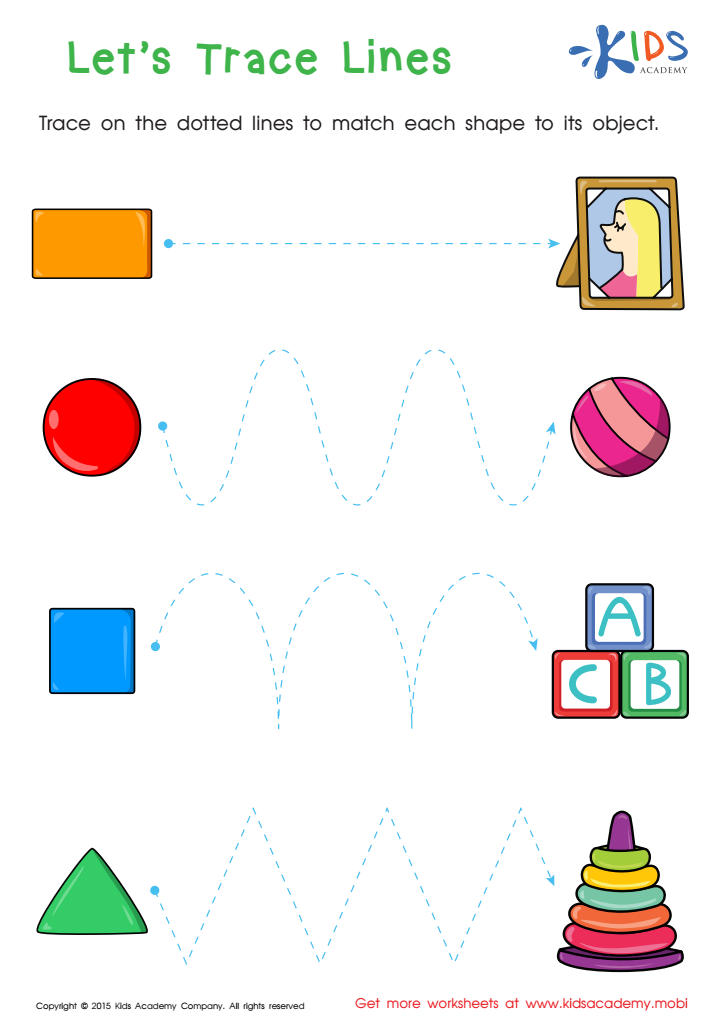

First Words: Let's Trace Lines Worksheet
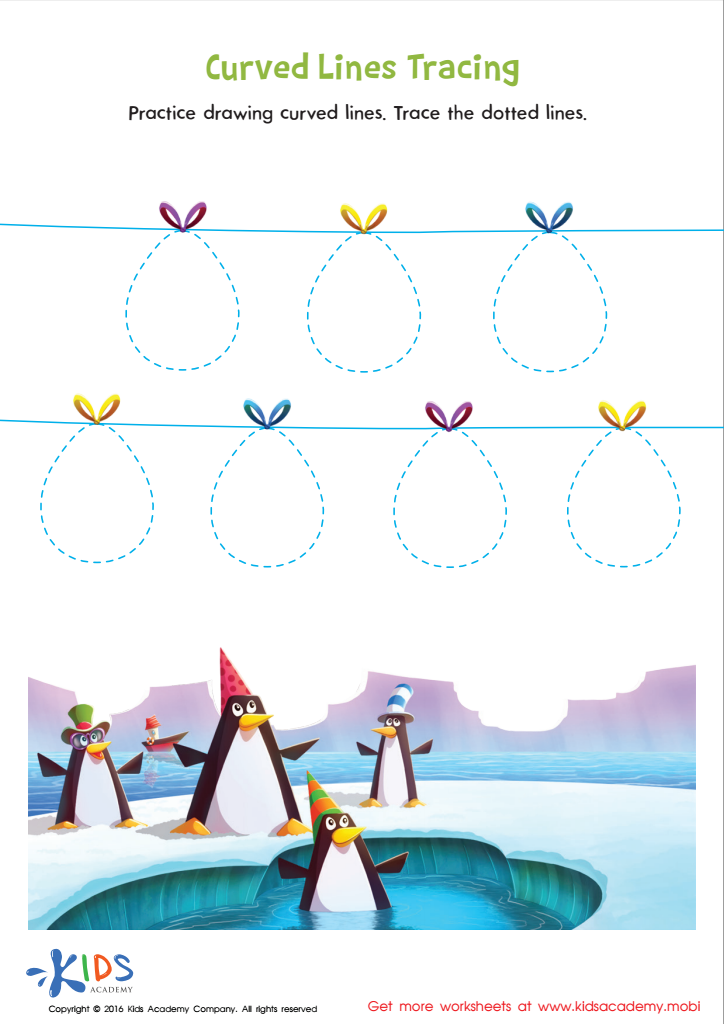

Curved Lines Tracing Worksheet
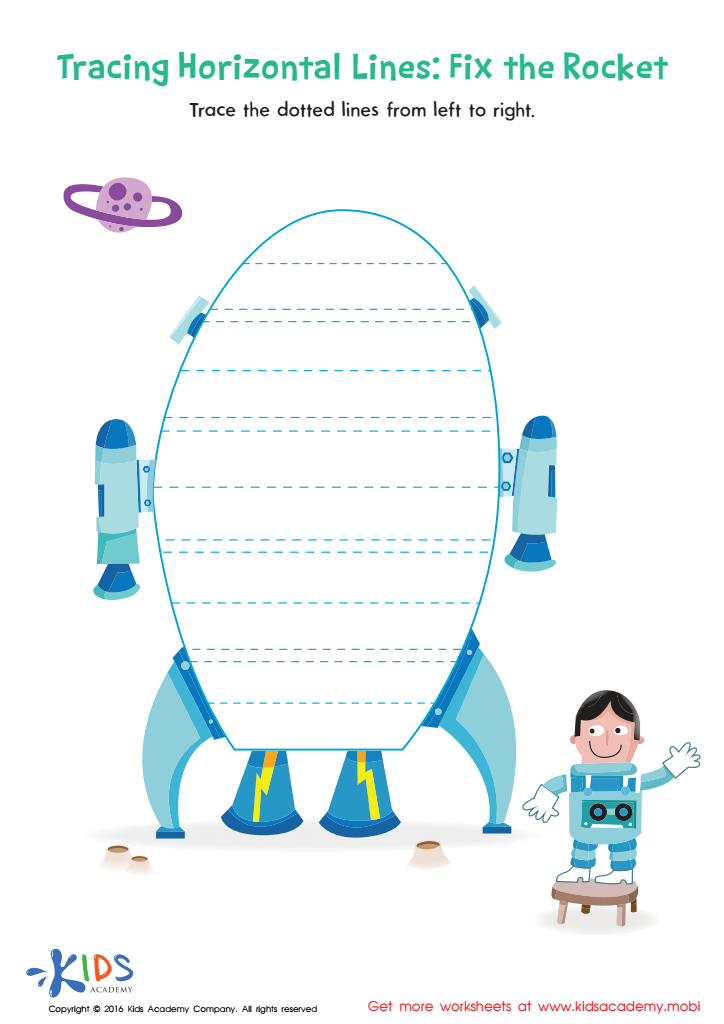

Tracing Horizontal Lines Worksheet
Normal Tracing Lines and Curves activities are vital for children aged 4-7, as they lay the foundation for essential motor and cognitive skills. These activities help young learners develop fine motor skills through the coordination of hand and finger movements, which are crucial for later tasks like writing and drawing.
Furthermore, tracing reinforces shape recognition and spatial awareness, which are key components of early math concepts. As children navigate curves and lines, they also foster concentration and focus—not only honing their physical skills but enhancing their cognitive capabilities.
Additionally, engaging in these activities encourages creativity as children learn to explore various forms and patterns. It provides opportunities for parents and teachers to bond through guided practice, promoting positive interactions and enhancing confidence in the child's capabilities.
Moreover, tracing activities can be tailored to individual learning styles and contexts, making them versatile tools in early education. For parents and teachers, investing time in these activities supports children’s overall development, preparing them for future learning and everyday skills, ultimately fostering a lifelong love of learning.
 Assign to My Students
Assign to My Students
